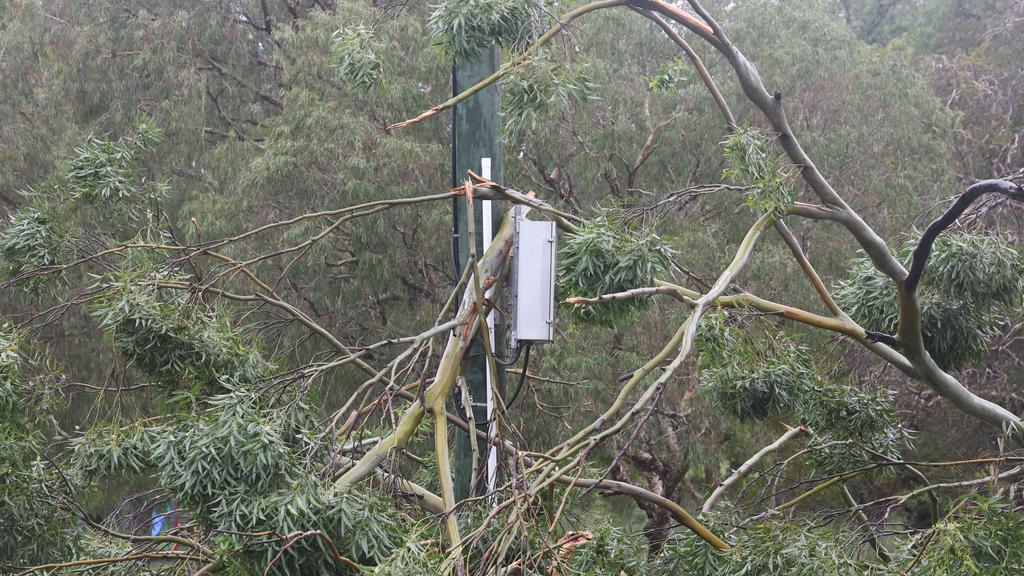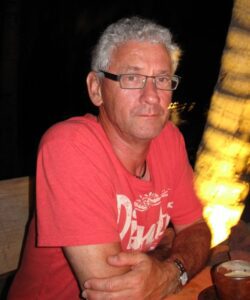Cyclone Alfred Bears Down on Koalas
As Queensland, Australia, begins cleaning up from cyclone Alfred, consider the animals affected.
We measure damage from natural disasters by looking at human life loss and property damage. Consider the animals left without homes after these events. They have nowhere to go and no safe place to live.
A brief history
Animals can sense changes in weather long before humans can—not in any psychic way, but because they have finely tuned senses to change. They have these to survive in a natural environment. Animals can react to air pressure, wind, smell, and humidity changes. These changes can trigger a “Warning, Will Robinson” response.
Alfred is one of the few cyclones that hit land. At least twenty others got within 200 kilometers of the coast.
In 1954, the ‘Great Gold Coast Cyclone’ killed 26 people and dumped 900 mm (35 inches) of rain in 24 hours. Boats were found in tree tops, and the entire fishing fleet of a town was swept away.
In 1967, experts rated Cyclone Dinah as a Category Three cyclone. It caused over $5 billion in damage.
In 1974, Cyclone Wanda and ex-cyclone Zoe brought the worst floods since colonization. They dumped 500 mm (20 inches) of rain in just 24 hours and sadly killed sixteen people.
By the time Alfred hit the coast, it was an ex-cyclone. It was not as bad as predicted, but the damage was still extensive. Gale-force winds, heavy rain, and flash floods caused a lot of damage. They also cut power to more than 320,000 people. Alfred

Confused Preparation (maybe it was the Eucalyptus oil!)
As Cyclone Alfred neared, Wildlife rescuers on Minjerribah/North Stradbroke Island, near Brisbane, noticed odd behavior in the koala colony.
Those who follow me know I have written several stories about koalas. They are one of my favorite animals. I studied them for over four years.
Stressed koalas (for example, when there is a bushfire) climb higher up the tree. This is a bad move if there is a cyclone approaching.
Many were seen climbing down from trees. They searched for shelter in unusual spots. People’s houses, sheds, and gardens. It’s the end of the breeding season. While most would head deeper into the bush, they are now turning back.
It is not hard to imagine that many suffer horrible deaths in times like these; imagine being up a gum tree in cyclonic winds. If you can’t, then have a look at his video. At the very least, you would end up with a bad case of seasickness, which would disorient you.
Koalas can’t swim. If strong winds blow them from trees into floodwaters, they won’t survive long.
Many amazing people not only tried to protect their homes but also helped koalas and other wildlife in need.
One ‘wildlife angel’ is Paulie Debono. He leads rescues on Stradbroke and lives on a houseboat there. Paulie, besides caring for his boat, has opened a triage clinic. It has food, syringes, teats, and pain relief. He even has some medi-cribs to warm abandoned or injured joeys (baby koalas).
Groups like Wildlife Information, Rescue, and Education Service (WIRES) have volunteers who dedicate time to rescuing injured animals. WIRES coordinates emergency teams to help native wildlife affected by Cyclone Alfred and ensures that all animals receive the care and assistance they need.
To Paulie and the WIRES folks, I, for one, say a big thank you on behalf of all the injured animals.
If we don’t act now, koalas could go extinct by 2050. Habitat loss, diseases, and disasters like Cyclone Alfred are major threats. Queensland has the largest concentration of koalas along the southeastern coast. Experts think the national population is under 60,000, much lower than the millions from last century.
Without urgent action, koalas will likely become extinct by 2050 due to habitat destruction, disease, and natural disasters like Cyclone Alfred. Queensland has the largest concentration of koalas along the southeastern coast. The national population is believed to be less than 60,000, a far cry from the millions in the last century.
For more information about WIRES or to donate to their fund, visit their website
Till next time,
Calvin

